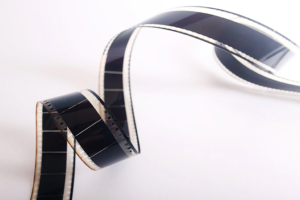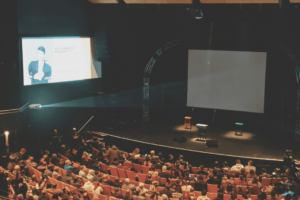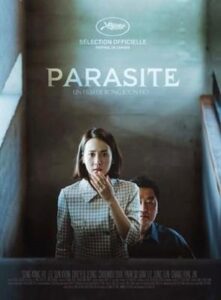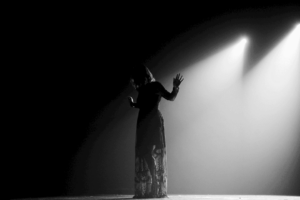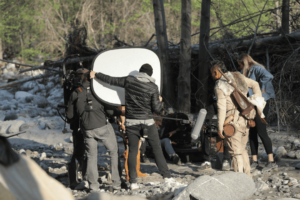Perhaps you have heard the term before, or perhaps you have not. They’ve been linked to daily newspapers, which are the publications that are sent to your door every morning. Here it is different. In the film, what are dailies? It’s a good idea to know what they are if you’re new to manufacturing. Let’s take a brief look at this industry jargon.
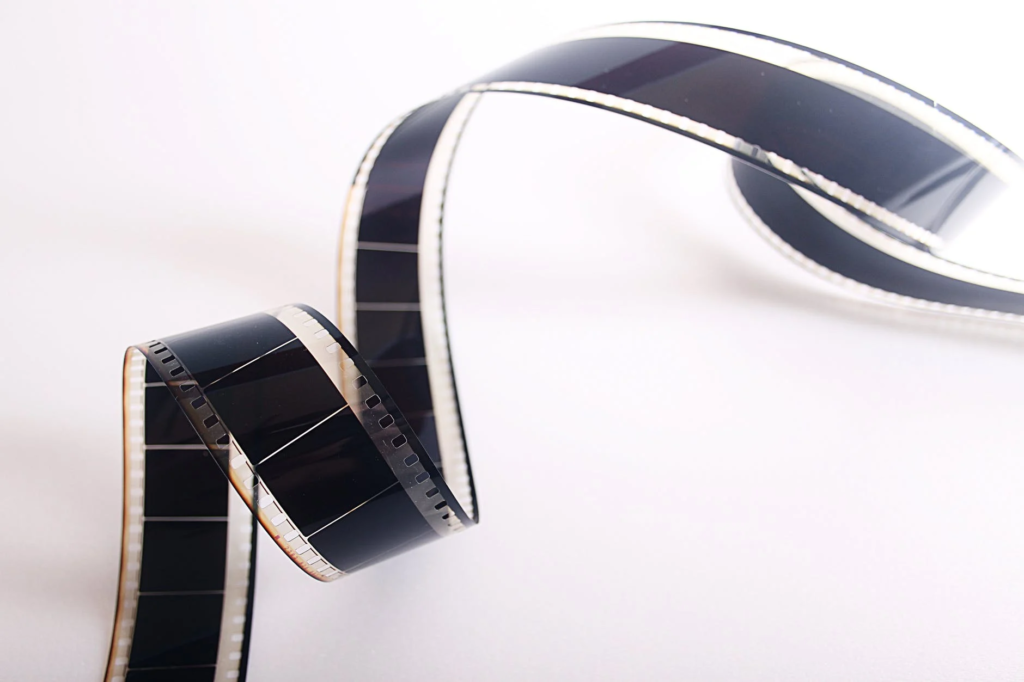
What are Dailies in Film?
The raw, unedited footage filmed during the day is referred to as dailies in movies. They are also known as “rushes” or “sweatbox sessions” in the animation industry because of the tiny, hot screening rooms where they screened the dailies.
As there are no cuts and you see one long performance, dailies may appear monotonous or too long. To get it just perfect, the editor frequently stitches together many renditions of the same scenario. After the introduction of digital filmmaking, “dailies” became available immediately after the take. The review process became more asynchronous, as it was no longer bound to overnight film processing. Instead, reviewing is done during the shot or on-site. You can email a raw film electronically to anyone in the world who needs to look at the takes. For example, while the crew is still on-site, a director can examine the shots from a second unit, and producers can obtain rapid updates while traveling. Dailies provide an indicator of how the filming and performances of the actors are proceeding.
Film dailies were also referred to as “the first positive prints prepared by the laboratory from the negative taken the day before.” Dailies are often referred to as rushes or daily rushes in various regions, such as the United Kingdom, India, and Canada because they developed film prints as fast as possible. Film dailies can also refer to the practice of watching dailies in a theatre with a group of people.
Dailies and the Filmmaking Process
Very Bad Things Raw Footage and Dailies
Viewership of Dailies
Members of the film crew may see dailies regularly, either early in the morning before filming begins, over the lunch break, or in the evening after filming has concluded. Although it is typical for numerous members of the film crew, such as the director, cinematographer, editor, and others, to examine and debate the dailies together, some films choose to distribute multiple copies of the daily for individual viewing. You can distribute them to personnel onset or remotely over a network.
Dailies are used not only to evaluate individual performances but also the entire aesthetics and cinematography. Is the lighting to their liking? Is the camera in focus and out of focus when it needs to be? The filmmakers can figure out what they are correctly doing if they need to reshoot anything, make notes for future shoot days, and assess if they’re on schedule by watching dailies before the cuts. Keep in mind that some performers refuse to watch the dailies. Why? Seeing themselves in their natural state could make individuals self-conscious. They may become caught up in their heads for the next performance if they disagree with accomplishing something at a specific point. In addition, review of the shots may be rapid in low-budget films with a minimum crew and a short uninterrupted shooting period. Hence, you may forgo a formal, regular group viewing of dailies.

Dailies in Today’s Age and Time
Dailies used to only be shown in cinemas, but now that we live in the digital age, you can watch them on your own time. And you can see them right away. Even so, backing up your dailies to your computer, iCloud, or hard drive is always a brilliant idea.
Producing a TV Show out of Dailies
Watch an editor from the TV show Counterpart walk you through their workflow in this video. The editing process is discussed in depth as dailies arrive and are organized by an assistant to the first assembly.
Contents in Dailies
Many films feature one primary film unit that shoots all of the main shots and several smaller film units that shoot “pickup” shots, stunts, or special effects shots. On the dailies’ reels, these shots are mixed in with the primary unit material. For example, a typical pickup shot can be a simple shot of a building’s exterior that doesn’t include any actors and is shot with a smaller team to save time and money. Due to how the dailies are handled, if a unit shoots with more than one camera, all shots from one “A” camera will typically be followed by all “B” camera shots.
Wild sound is sound that is recorded without simultaneous picture recording at the end of a daily reel. Visual effects shots are frequently assembled regularly for visual effects or animation supervisors to review. They’ll have the work of animators and effects artists from the previous day in varying stages of completion. When a shot reaches the scene where the director requires additional feedback, it will be assimilated and screened to the director, as a part of the regular dailies screening or as a separate weekly VFX dailies screening.
Timecode and keycode numbers are commonly placed on dailies supplied to the editing department. These numbers are eventually used to reassemble the original high-definition footage and audio to match the cut. Depending on the preparation of dailies, they appear on the editor’s copy or all copies of the dailies.
Creation of Dailies
A movie camera captures the image on 35 mm film during the regular filming of a motion picture, and a separate audio recorder records the sound on set. The film negative is developed, printed, or telecined to display the images on a projector or video monitor. The sound is synchronized to the film using a clapperboard as a reference. The scene, shot, and take number are all labeled on the clapperboard. The numbers are also recited aloud to mark the audio recording. A camera assistant will close the clapper once the camera and sound start rolling, creating a visible and audible reference point.
The technician will look at the numbers on the slate board during the synching process after the film has been developed and then match the numbers with the spoken slate. The technician then looks for the frame where the clapper closes for the first time. Also, he notices the beep or clapping sound on the audiotape and adjusts one or the other until they happen at the same time when the tape is played again. This must be done for every take. Some systems record synchronized timecodes onto film and audiotape during the shooting process, allowing automatic image and audio alignment. However, these systems are rarely used in practice.
All feature-film dailies were printed on film before computer-based editing techniques were widely available in the late 1980s. The workprint is the term for these bits of film. After viewing, the film editor uses the workprint to edit the film on a flatbed editor. The negative is assembled such that it is similar to the modified workprint that is altered and accepted. Most of today’s editing is done using non-linear computer-based editing systems that use a video copy of the dailies. When a film is telecined, keycode numbers are recorded, which assign a number to each film frame and are later used to reassemble the original movie to match the edit.
Evolution of Dailies in Video or Digital Film
The image and sound are simultaneously recorded when employing a video camera or a digital motion picture camera. This is done by videotaping or setting a hard drive in a format that can be watched on display right away, removing the need for a conversion process to view the dailies. However, each day’s video will generally go through a daily approach to create a second copy for protection and several copies on DVD or other media for viewing by producers or other persons who are not on set.
The digital age has also altered the length of dailies. According to Bill Romeo, the senior veep of Deluxe Television, a typical show used to offer “something like an hour a night, today we’re looking at roughly four hours of stuff”.
“Whereas dailies used to be the only method for filmmakers to see their film before it was edited, we now have camera playback and monitors that provide a lot more information. I kept a trade handheld monitor with me at all times, so I could view what was going on with the camera in real time. Nothing I saw in the dailies surprised me because I had seen everything live. Dan was also watching the waveform monitors to make sure we were staying within our camera’s (Alexa Mini) limitations and not losing image in hot areas or shadows.” — The Storyteller director Joe Crump.
This real-time feedback is ideal for an independent production that can’t afford to wait even a day to find out if you missed a crucial shot. However, it comes at a price in terms of perspective. How often have you written something, changed it, and walked away believing one thing, only to return with a whole different viewpoint? Yes, conventional viewing of dailies required sifting through footage, allowing you to discover surprises. So, while there have been significant advantages, you must equally consider the potential costs and missed chances when you choose not to watch the dailies.
“I believe I could have completed the video without watching any of the daily updates. But, with that stated, it’s reassuring to watch what you’ve done and know that you’re receiving the results you want.” — The Storyteller director Joe Crump.
Other Uses of Dailies
Fans desire dailies as collector’s items and see more of the filmmaking process outside of their purpose of producing a feature picture. They’re also helpful for film students and professors who want to demonstrate how a film is made and practice editing.
Major motion film companies never distribute their dailies for outside usage for a variety of reasons. The Screen Actors Guild contains a clause in their contract to preserve their actors’ privacy, which states that all union productions must give up their rights to the actor’s performance for anything other than the edited film.
Every year, the American Cinema Editors host the ACE Film Editing Contest, in which they provide dailies to 50 film students who compete in an editing competition. A video cassette with film dailies from the 1950s TV show Gunsmoke is also available from ACE. For the past 40 years, numerous film schools have used these film dailies.
Even if they contain footage that is not in the finished picture or the trailer editor and the film editor may utilize different takes of a single shot, rushes and dailies generate trailers.
Reasons to Watch Dailies When Shooting
Dailies help identify potential technical problems
It is critical to ensure that your film is as intended as soon as feasible. It is helpful to know right away if there are any technical issues or missing angles that require scenes to be reshot so that the film production can keep the performers, settings, and crew.
Dailies show the general quality of the footage
If the footage is not up to par, you can make changes to improve the shot in the future. You can make adjustments to everything from the cinematography to the production design to the actors’ performances.
Dailies allow off-set producers to keep an eye
Dailies allow studio executives, financiers, and producers who are not on-site every day to keep an eye on projects and offer feedback.
Dailies function as a reference for the continuity of new shots
Sometimes, a director needs to review the dailies to ensure a new shot is the same as previously filmed footage. A filmmaker, for example, could want to match the cut between two scenes. To do this properly, the director must refer to the visuals of one scene to replicate them in the second.
The Relationship of Actors with Dailies
“Although this never happened on this set, I believe it may be a problem for actors to view their dailies and become concerned about their performances — and so stop listening to their director. On set, we’d watch a playback of a shot a few times, and I’d always invite the actor to come over and look at what we were seeing. However, because there wasn’t much time to do it, this was a rare occurrence.” – The Storyteller director Joe Crump.
Did you know that the studio was unhappy with Al Pacino’s casting in The Godfather at the time? They tried to fire him several times. While watching dailies, Francis Ford Coppola, who had complete faith in Pacino, eventually moved forward to a crucial scene to persuade them. The rest, as they say, is cinematic history.
On the other hand, dailies have been blamed for significant cast changes. For example, Back To The Future dailies persuaded director Robert Zemeckis that Eric Stoltz was not the best choice for the favorite part of Marty McFly.
Michael J. Fox Was not the Original Marty McFly.
The Importance of Dailies in Editing
“The majority of the takes we circled are the ones in the film, but we occasionally discovered that the tone or mood of a scene was leaning too heavily one way or the other, so we found different takes where the performance changed and we were able to tweak the overall feel of the film because we did those extra takes with a different tone to the performance.” — The Storyteller director Joe Crump.
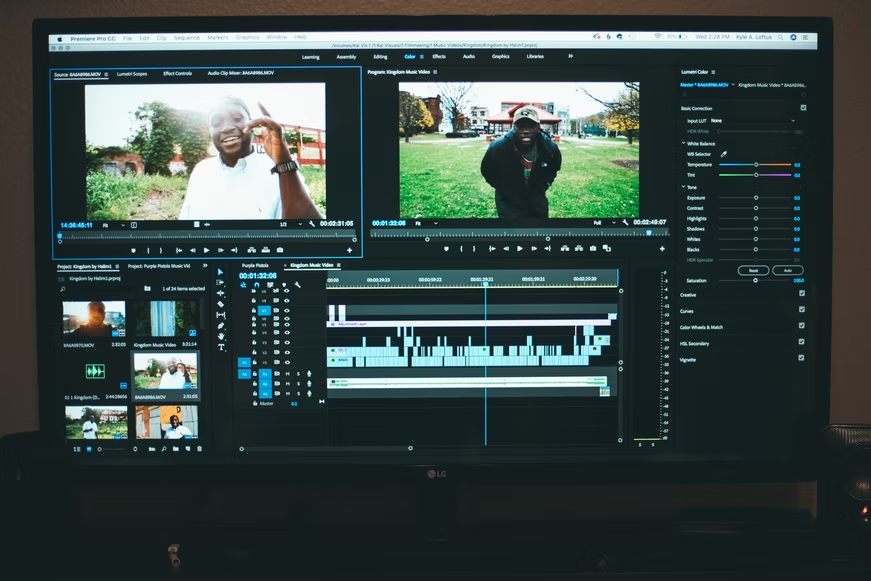
Mad Max: Fury Road was described by George Miller as a mosaic, with each shot building a larger image. The editor put this picture together using dailies. The editor’s job is to create the best version of your film, which may or may not be the vision you had in mind. It could be much better at times.
History of Dailies in Brief
Dailies were the only method a film production’s creative team could analyze the outcomes of a day’s shooting before the advent of digital cinema. The film reel from a day’s shot would be shipped to a film laboratory overnight for processing, where it would be synchronized with the day’s audio recordings and turned into a fresh film print ready to screen.
Dailies on film material are time-consuming and costly to produce because of these limitations. Not all of the takes that a crew shoots are turned into dailies. A director could call for a specific take to be included in the dailies “Make a cut! It’s worth printing! “once the shoot has been completed.
Digital dailies take a fraction of the time to prepare and can be viewed the same day as shooting the material. They initially screened film dailies onto a projector in a screening room. Still, digital dailies are usually uploaded on servers or hard drives for crew members to watch on their computers.
Conclusion
With so many moving pieces working together at once, the filmmaking process may be chaotic. In addition, film production schedules are tight, so there’s little room for course correction if the footage doesn’t turn out as planned. During production, reviewing dailies ensures that filmed material meets a high level.



